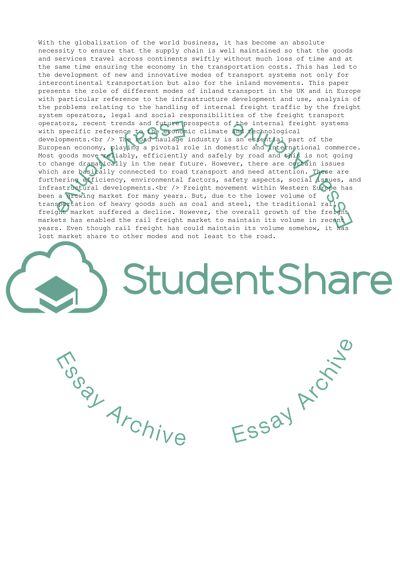Cite this document
(Inland Freight Transport System Assignment Example | Topics and Well Written Essays - 1500 words, n.d.)
Inland Freight Transport System Assignment Example | Topics and Well Written Essays - 1500 words. https://studentshare.org/business/1705821-inland-freight-assisgment
Inland Freight Transport System Assignment Example | Topics and Well Written Essays - 1500 words. https://studentshare.org/business/1705821-inland-freight-assisgment
(Inland Freight Transport System Assignment Example | Topics and Well Written Essays - 1500 Words)
Inland Freight Transport System Assignment Example | Topics and Well Written Essays - 1500 Words. https://studentshare.org/business/1705821-inland-freight-assisgment.
Inland Freight Transport System Assignment Example | Topics and Well Written Essays - 1500 Words. https://studentshare.org/business/1705821-inland-freight-assisgment.
“Inland Freight Transport System Assignment Example | Topics and Well Written Essays - 1500 Words”. https://studentshare.org/business/1705821-inland-freight-assisgment.


